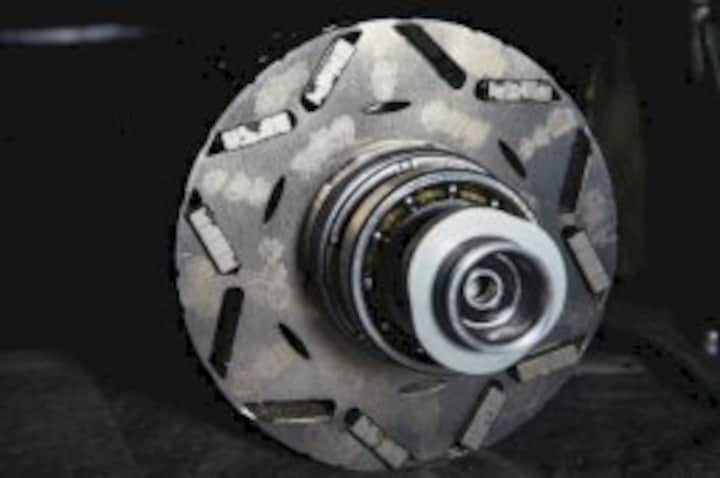
Top Seven EVs Under €45,000
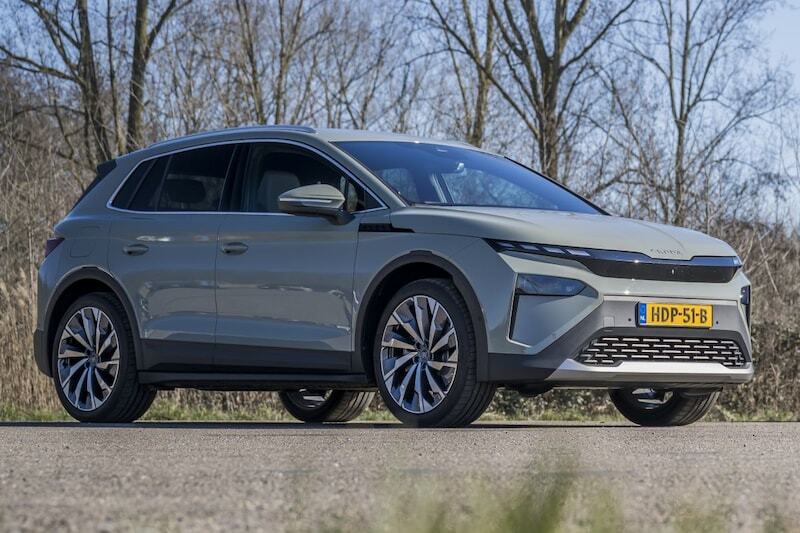
The number of new, fully electric cars is increasing so rapidly that AutoWeek tests a new EV almost every week. In these lists, we continuously track what the best electric car is at the moment, according to the test editors. Below are the best new EVs under €45,000.
The Best Electric Cars Under €45,000
Here we describe new electric cars with a catalog value up to €45,000. The supply of EVs in this price range has increased significantly in recent years. We pick out the six best for you. Models appear only once in our overviews, so if different versions (with, for example, larger batteries or more power) of a car fall into different price segments, you will only find it once. Please note, only cars that we have extensively tested in the Netherlands for things like consumption and range are eligible for this list. Therefore, you will not (yet) find some very good new EVs with which we have only been able to do a driving impression abroad in this list. This list is updated throughout the year and is then brought back up.
Hyundai Ioniq 5: Good high-tech EV, entry-level after facelift much cheaper.
Kia EV3: Strong and affordable newcomer from Korea.
Renault Scenic E-Tech: Spacious, nicely comfortable, and mature
Skoda Elroq: Shortened Enyaq offers a lot of car for a good price
Tesla Model 3: Still unmatched
Xpeng G6: Chinese EV doesn’t win on price, but on quality!
Hyundai Ioniq 5
A gigantic step from Hyundai when this model came on the market. With its 800-volt technology, it can charge super fast and use its power efficiently. It looks hyper-modern inside, and its multimedia is accessible and modern. Initially, it is a very comfortable car with good handling. The disadvantage is its relatively small luggage space, which does not benefit usability. The Ioniq 5 has just been facelifted and received, among other things, new bumper work, a rear window wiper, and larger batteries. No more 58 kWh or 77.4-kWh batteries, but models with 63 kWh or 84 kWh of capacity. This gives the Hyundai Ioniq 5 a maximum range of 440 km or 570 km, respectively, while the old batteries provided a maximum WLTP range of 384 km or 507 km, respectively. It is also cheaper! From now on, it starts at €42,995, and then you have the Ioniq 5 with the 63-kWh battery pack. This definitely qualifies it for this list; previously, it was above €45,000. We achieved about 18 kWh/100 km for the facelift, but we expect that consumption will now be even lower.
In addition, the bizarre Ioniq 5N is also available. A true electric sports car that, in terms of pure fun, is certainly not inferior to a Tesla Model S Performance, and that says something. Of course, this version is much more expensive, but the value for money is unprecedented.
Click here for all information about the Hyundai Ioniq 5.
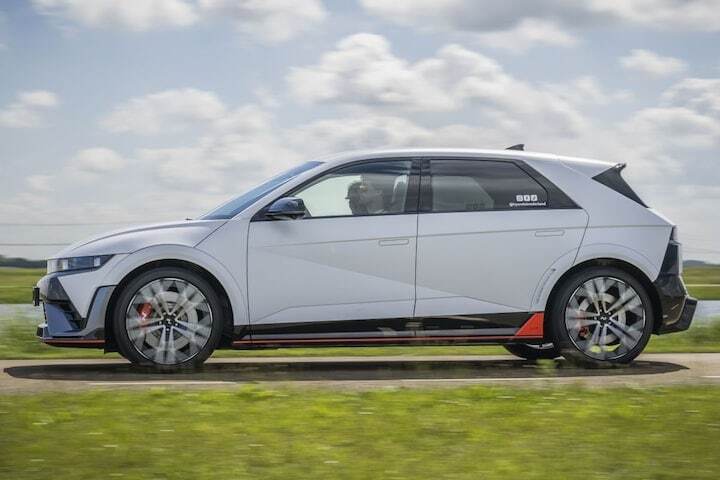
The Hyundai Ioniq 5 is a comfortable and very modern EV.
Kia EV3
The new Kia EV3 could almost only disappoint, that’s how much everyone was looking forward to it. Competitors feared the worst, and potential customers clicked on every news item. The reality was simple: an excellent car, but not as groundbreaking as the Kia EV6 once was. The new Kia EV3 is an EV that rests on the modular e-GMP platform. Previously, we saw on that basis, for example, the EV6, which has 800-volt technology on board and is basically rear-wheel drive. Unfortunately, both of these do not apply to the new Kia EV3, which does it with front-wheel drive and 400-volt technology. Not a problem in itself, because the largest battery of 81.4 kWh still makes a WLTP range of over 600 kilometers possible, and that is really very good for a relatively affordable EV. The cockpit of the car is clear and has excellent ergonomics, exactly what we are used to from Kia. In addition, the car is spacious for its class. Rear passengers are doing well, and the trunk is a substantial 450 liters in size. Driving is tame but good and refined with good handling. The car is also available with a smaller 58 kWh battery in addition to the mentioned 82 kWh. This achieves about 430 kilometers on paper.
We achieved a neat consumption of 15.8 kWh/100 km with that 58 kWh battery at 11 degrees Celsius, good for a range of 367 kilometers. The fast charging capacity of 101 kW is not groundbreaking. The EV3 does not score with major innovations, but with an excellent overall package. Especially given its competitive prices. Competitors are the Renault Megane E-Tech, the Volvo EX30 (the Kia managed to win a comparison against both!) and the Volkswagen ID3. Here you will find all the info about the Kia EV3.
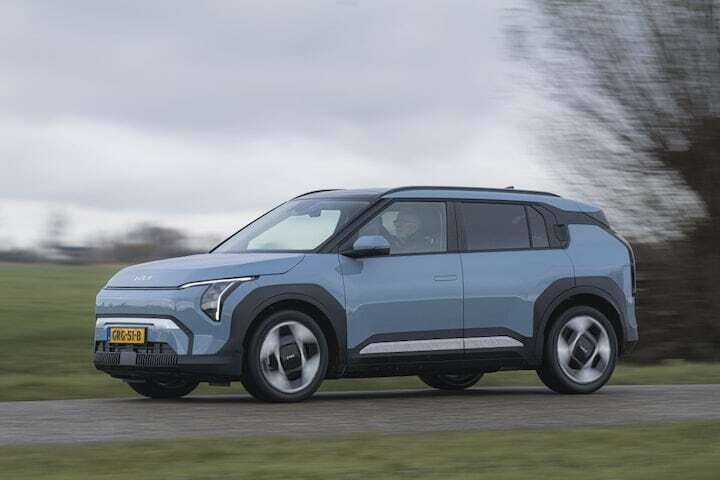
The Kia EV3 is a strong newcomer.
Renault Scenic E-Tech
Renault was one of the pioneers with electric cars, think of the Zoe, of which there are already two generations, and the Renault Fluence. After a very long silence, there is now also a fully electric Megane E-Tech, which until recently was on this list. But there is new blood, including this Renault Scenic! This is on the same platform as the Megane but offers more refinement and is better developed. It is a very complete car, which is also considerably more spacious than the Megane, making it an excellent family car. It was the Car of the Year 2024, and that was even once again a deserving winner. It offers comfort and tranquility and has the same pleasant multimedia as the Megane. The Scenic is also available with a large battery with 92 kWh, while the maximum for the Megane is 65 kWh. This, of course, has very positive consequences for the range. The entry-level 43 kWh battery is not available for the larger Scenic, which makes its starting price higher. It is available with a 220 hp strong powertrain, in combination with the large battery. The entry-level model has 170 hp. We achieved a consumption of 18.1 kWh/100 km with the large battery around 17 degrees Celsius, good for a range of 480 kilometers. Against competitors such as the electric Peugeot e-3008, the Renault continues to win the battle. Really a high-flyer from Renault. Here you will find all the information about the Renault Scenic.
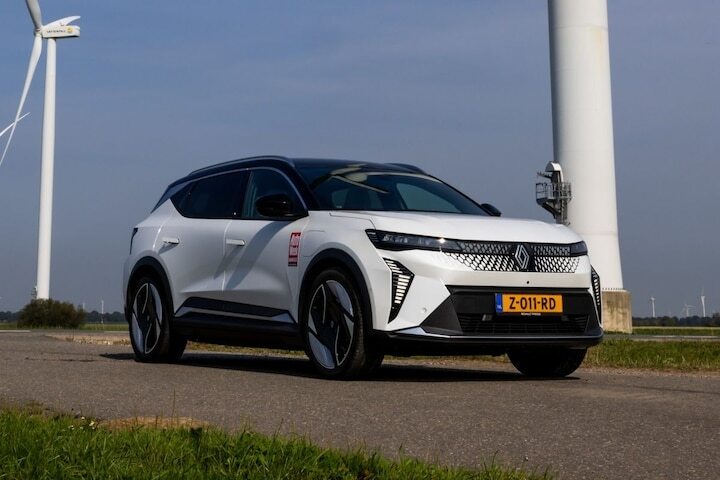
The Renault Scenic is a hit.
Skoda Elroq
The only electric Skoda on the market for a long time was the Enyaq, but with this Elroq, Skoda hopes to continue the success of number one. And for that, the Enyaq was also used immediately. Because largely, the Elroq is simply a shortened version of that car. And that is not exactly bad news because that is how you bring all the qualities of a higher segment with you. You may not see it because the Elroq already has the new family face of Skoda. But the difference technically is only at the rear, where the Elroq is 16 centimeters shorter than the Enyaq. That’s why it has 470 liters instead of 585 liters of trunk space. Which is still very much for this segment. But the wheelbase remains the same, giving the Skoda a very spacious rear seat. With its starting price just below 35,000 euros, it is on the edge of this list, but with options, we do not think that a copy leaves the showroom for less than 35,000 euros in the Netherlands and according to our rules, it belongs in this top five.
The car takes almost all the qualities of the Enyaq with it, as mentioned. It drives very maturely: comfortably but serenely. Sometimes it feels a bit heavy, but the chassis is very good. In addition, the interior is so beautiful and well finished that Volkswagen has to watch out. There is a 63 kWh battery with 210 hp and an 82 kWh battery with 286 hp, apart from a 170 hp entry-level model with a 55kWh battery. With the large battery, we scored 19.5 kWh/100 km, good for a range of 394 km. However, it was only around 9 degrees, in warmer weather you easily go over 400 km. Fast charging is possible up to 175 kW and 185 for the rear-wheel-drive Enyaq RS with 340 hp that was recently unveiled. It competes with success models such as the Kia EV3 and the Volvo EX30. Here you will find all the information about the Skoda Elroq.
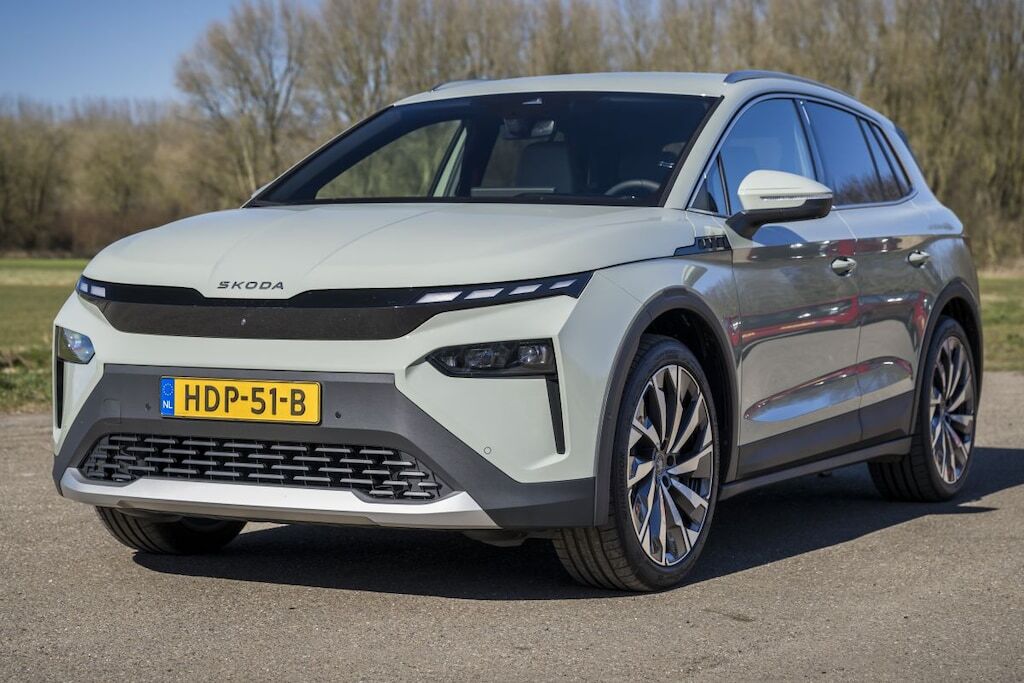
The Skoda Elroq benefits from the basis of the larger Enyaq.
Tesla Model 3
Due to the significant price reductions, the Tesla Model 3 is now already for sale for less than €40,000, although the prices sometimes seem to change every week at Tesla. For that money, you have the RWD version with – logically – rear-wheel drive and a 60-kWh battery. This has 491 kilometers of range on paper, count on a range of 400 kilometers in practice. We scored 319 kilometers at 7 degrees with a consumption of 14.7 kWh/100 km, in good weather it will be even more economical. A test with the slightly less economical Long Range 4WD with 82-kWh battery and 500 hp led to a consumption of 14.8 kWh/100 km and 509 km at 15 degrees Celsius, which is also very neat. It has become markedly more economical with its facelift. With 283 hp of power, the RWD as the slowest Model 3 is still remarkably fast. The Model 3 is still king when it comes to range and charging capacities (including the advantage of Tesla’s own supercharger network, not to be underestimated on vacation trips). The car also drives very dynamically and is ahead with its software. But don’t expect too much comfort or refinement, although that has become a lot better with the facelift. Despite the large loading space, it is cramped in the back seat. The renewed Performance version is of course somewhat more expensive, but with 550 to 625 hp so fast that you can completely lose thick sports sedans with it. Fast charging is possible up to 250 kW with the models with a large battery. Depending on the version and price, it competes with the BMW i4, the Hyundai Ioniq 6, the BYD Seal, and the Xpeng P7. Click here for all the information about the Tesla Model 3.
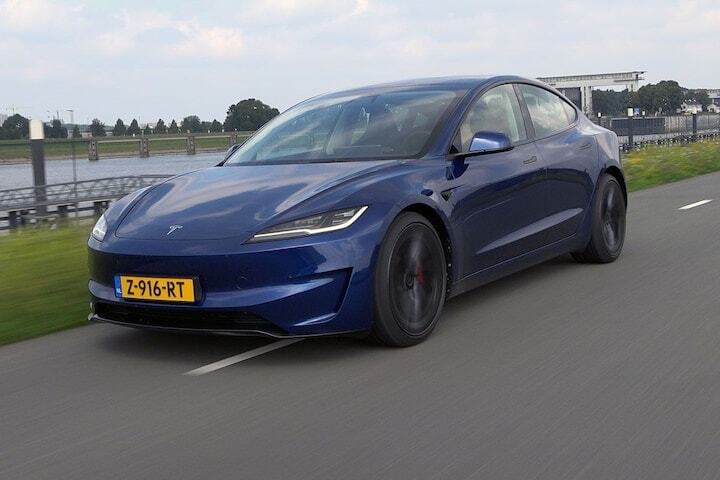
Xpeng G6
This car was a surprise again. Not only because it was from a new brand, but because the first Xpeng that we could drive, the P5, was simply a bad, ridiculously expensive EV. No, those Chinese were clearly not there yet. Promptly, the young brand then comes up with this G6. A particularly good crossover that aims at the Tesla Model Y. In a triotest, it simply defeated the Volkswagen ID4 and the new Ford Explorer at its debut. That is indicative. The car basically has rear-wheel drive with, depending on the battery, 258 or 286 hp. There is also a 4WD performance with 476 hp. The basic battery has 69 kWh, the Long Range and Performance have 92 kWh. It is a spacious car that drives comfortably and is still good on the road. Its multimedia is hyper-modern, with better ergonomics than competitor Nio. It is quiet and fast. We achieved a consumption of 18.0 kWh/100 km with the Long Range, good for a range of 534 kilometers. That is a neat score. Fast charging is done with a great 280 kW. Xpeng suddenly has its things very well organized.
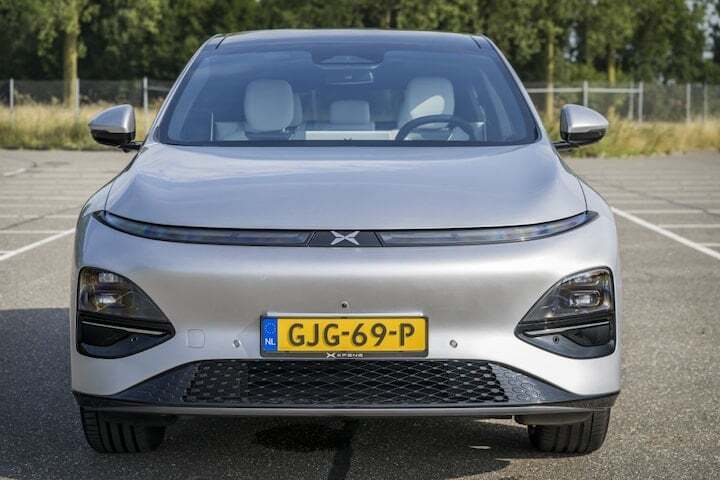
The Xpeng G6 comes into the Netherlands with a bang.